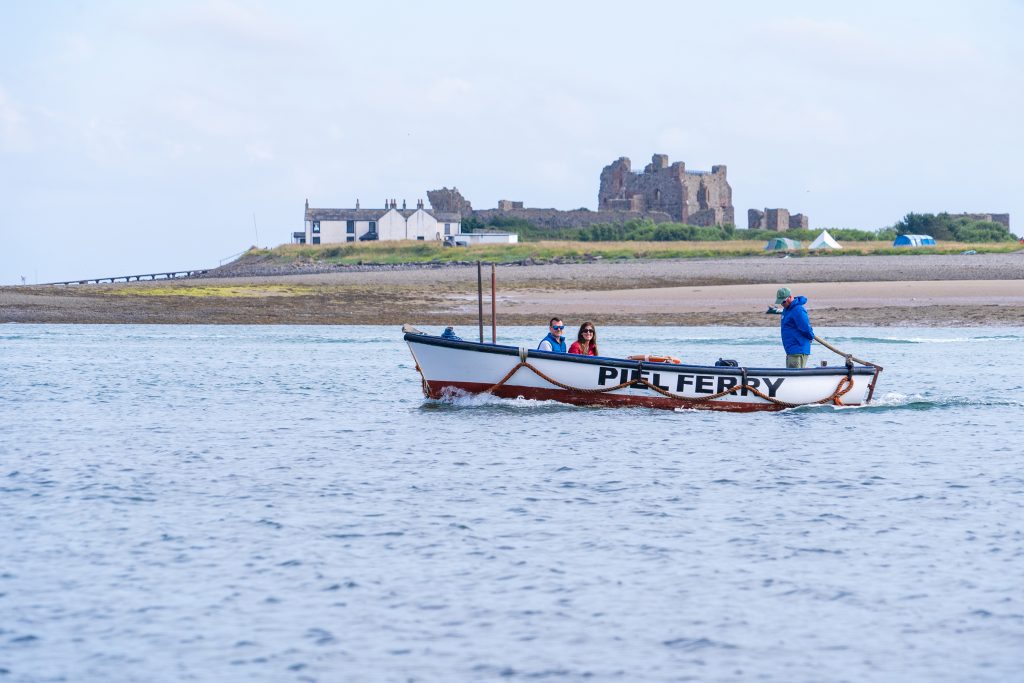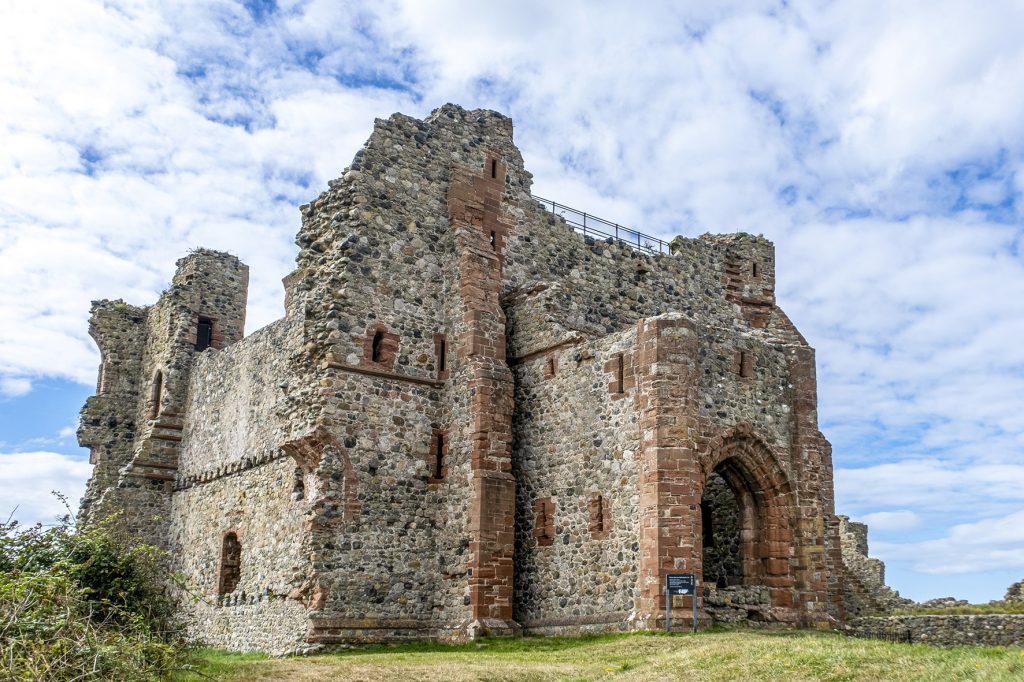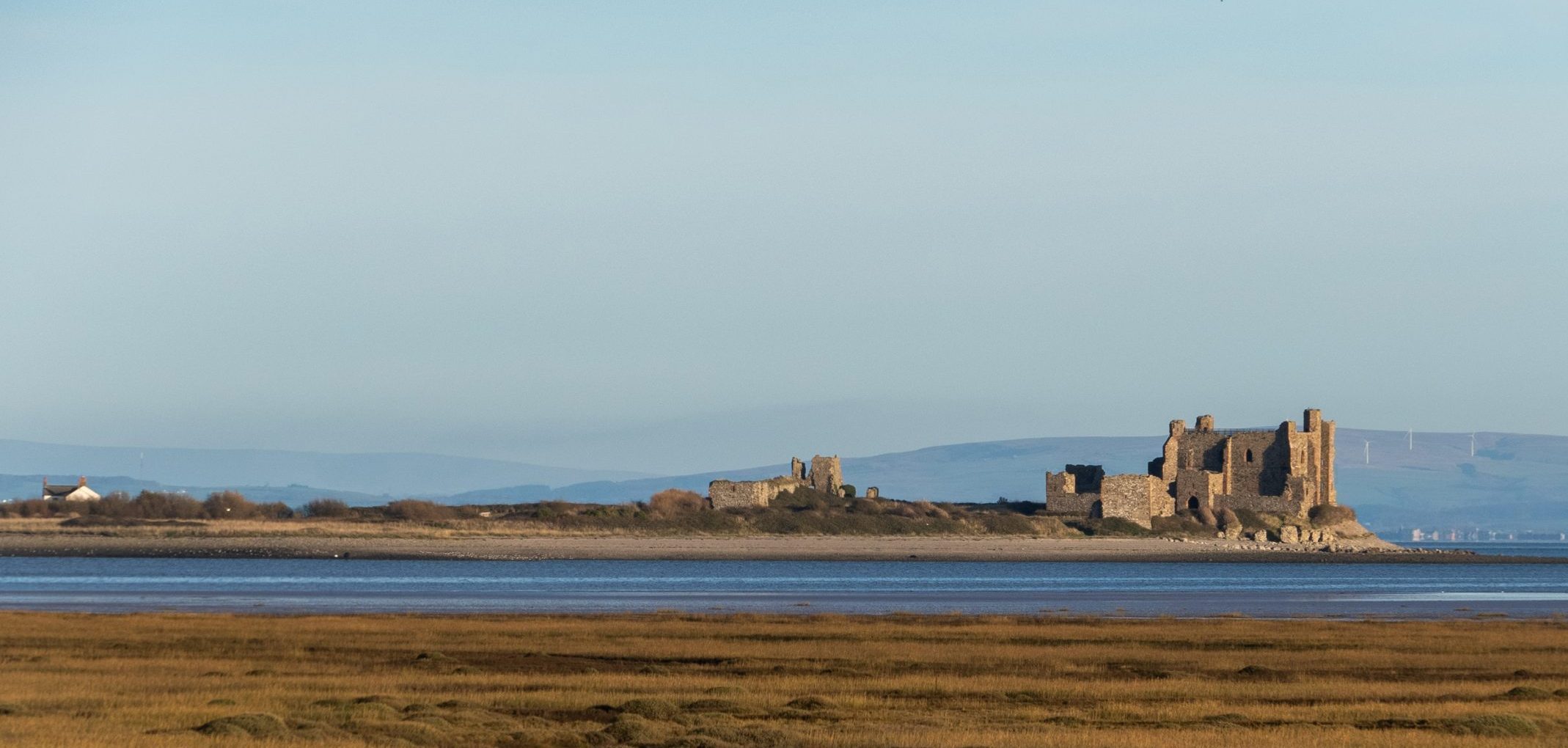Piel Island: The island with its very own king
Our writer Emma Longstaff explores a quirky 170-year-old tradition on the Cumbrian Piel Island which has its very own reigning monarch
In May 2023, hundreds of millions of people worldwide tuned in to see the coronation of King Charles III at Westminster Abbey. But how many royal watchers know that far from Westminster, in distant Cumbria, there’s a British island with its very own king?
For the past 170 or so years, the 50-acre Piel Island has appointed its own monarch. On the tip of the Furness peninsula, the little windswept island lies half a mile from the Cumbrian mainland, on the edge of Morecambe Bay.
The incumbent of Piel’s throne is submarine electrician, Aaron Sanderson, who in 2022 fought off more than 200 other candidates to become Piel Island’s King, and the landlord of its pub.
The origins of Piel’s ‘royal’ tradition are shrouded in mystery (and mired in drink.) In June 1487, an army planning to overthrow Henry VII landed on Piel with a 10-year-old boy named Lambert Simnel in tow, who they claimed was the rightful heir to the English throne.

Lambert, the son of an Oxford carpenter, apparently bore a striking resemblance to the sons of Edward IV – the famous ‘princes in the Tower’ who many believe were murdered. In the 1800s, four hundred years after the rebellion was crushed, patrons of the island’s pub, The Ship Inn, determined that Piel Island should have its own king.
Were they inspired by this medieval royal story? It’s fun to imagine a motley assembly of greasyhaired and snaggle-toothed locals drunkenly recounting the tragic story of Lambert Simnel around the fire, proclaiming the pub’s landlord as their rightful king, but what’s remarkable is that the tradition has survived for nearly two centuries.
In a raucous ceremony of uncertain origin, which approximates the coronation of English monarchs, the island’s new Sovereign sits in an old wooden chair wearing a ceremonial helmet and holding a sword, while beer is poured over His Majesty’s head.

Records held by the pub show how the island’s regal traditions have evolved over time. In 1914 an entire cabinet, including a Prime Minister and Lord Mayor of Piel, and a whole royal family was listed.
In 1920, Piel’s then owner, the Duke of Buccleuch, gifted the entire island to the neighbouring shipbuilding town of Barrow-in-Furness as a memorial to those who lost their lives during the First World War. Nowadays, the king is chosen by the town council, and his rather unglamorous duties include running the pub, maintaining the campsite, picking up litter, and mowing the grass.
Easter to October, weather-permitting, an open top wooden boat connects Piel to the neighbouring tiny island of Roa, reached by a half-mile-long causeway from the mainland. Morecambe Bay is famous for its treacherous quicksand and fast incoming tides – so however tempting the walk to Piel at low tide might seem, this should never be attempted without the help of an expert guide.

Once on Piel, you can explore the picturesque 14th-century castle, built to protect the mainland from pirates and Scottish raiders. Or take a blustery walk on the narrow shingle beaches, hunting for shells, pebbles, and other beach treasure. It’s possible to charter a boat to visit the local seal colony on nearby South Walney Nature Reserve, the only breeding colony of grey seals in Cumbria. Alternatively, bring binoculars for birdwatching as 250 different species wildfowl, waders, and multiple different migratory birds – have been recorded at Walney. On a clear day, you’ll enjoy breath-taking views across Morecambe Bay to the distant peaks of the Yorkshire Dales and Lake District.
This is an extract, read the full feature in our December 2023/January 2024 issue of Discover Britain, available to buy from 3 November here.
Read more:




